Polypropylene pipes for heating: how to choose? Specifications, prices
Today, polypropylene pipes for heating are increasingly used by private craftsmen and professional teams. How to choose them, it is important to know even before the moment of making a purchase. Steel or cast iron products are no longer used so often during the installation of engineering systems, as they are being replaced by polypropylene.
Varieties of PP pipes for heating installation
Polypropylene pipes for arranging heating systems can be divided into several main types. Among them - reinforced with aluminum sheet. Such a reinforced polypropylene pipe has a special layer, which can be located outside or located closer to the middle or inner wall of the product. In the production, solid aluminum sheets, non-solid or completely corrugated, can be used.
Reinforcement of pipes with fiberglass
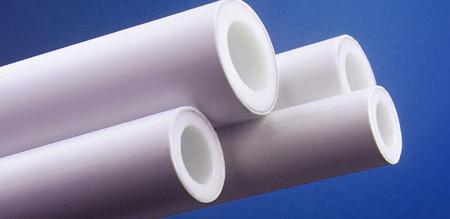
Pipe reinforcement can also be made on the basis of fiberglass. This material is located in the pipe using co-extrusion technology. And they introduce it into the inner layer. Polypropylene acts as the inner and outer layers.
Composite reinforcement
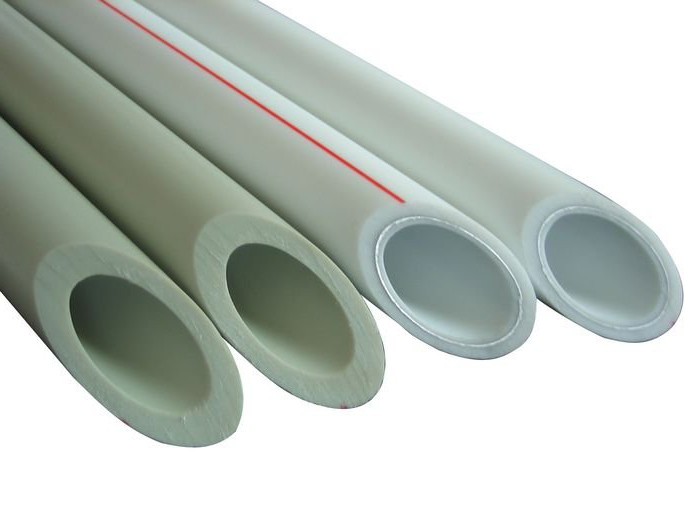
Reinforced polypropylene pipe may assume a composite as a reinforcing layer. In this case, the reinforcing layer differs not only in the presence of a composite, but also in polypropylene, as well as fiberglass. This technology for the production of pipes allows you to get products that have more outstanding performance.
Characteristics of PP pipes for the installation of heating systems

Polypropylene pipes for heating, the technical characteristics of which can be found in more detail in the article, are not accidentally gradually replacing more traditional products from the market. This is due to the fact that they have excellent performance characteristics, which were achieved due to the multi-layered walls of the products. The method of production of polypropylene pipes made it possible to increase the resistance to mechanical wear. In addition, due to their outstanding qualities, they are actively used in the installation of systems through which cold and hot water is transported. Among other things, PP products are quite easy to install, and there is no need to use heavy equipment, the rental of which increases the cost of the work. Ease of installation due to the low weight of polypropylene. The same applies to issues of transportation and subsequent unloading, which are quite simple to solve.
Tightness and impact resistance
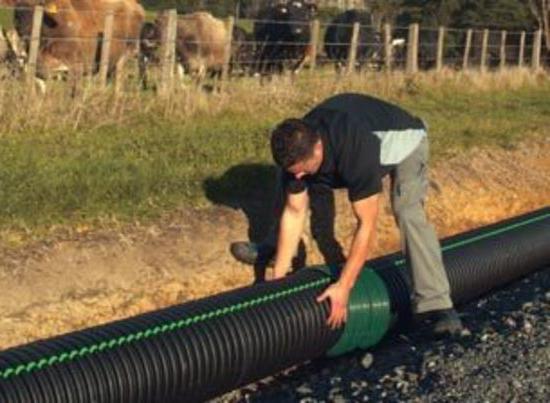
Polypropylene pipes for heating, the technical characteristics of which will become known to you after reading the article, are quite simple to maintain. The need for their repair does not arise during the entire period of operation guaranteed by the manufacturer. Among the positive features of polypropylene products, absolute tightness can also be distinguished. And after laying, there is no need to paint, since the surface already has increased resistance to external influences and aggressive environments. Polypropylene is also distinguished by the fact that microorganisms are not able to arise and multiply on its surface, as for the inner walls, on which mineral deposits do not form, they eliminate the need for cleaning and premature repair.
Eco-friendly and little resistance
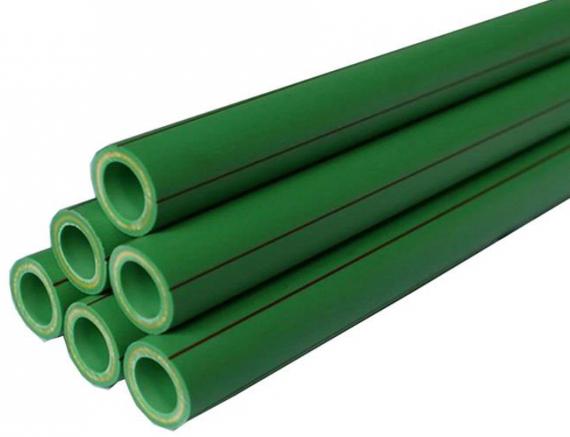
Have you already decided to purchase polypropylene pipes for heating? How to choose them, you need to know in advance. It is important to consider that, unlike some other types of pipes, the described ones are completely environmentally friendly. This indicates that products of this kind are completely harmless and safe. They can also be used in the interior of residential premises, because PP does not emit harmful substances into the environment, in addition, the material at the base of such pipes does not affect the structure of water.
Professionals advise choosing polypropylene pipes for plumbing also because such products are characterized by an insignificant coefficient and there are no vibrations in the process of transporting liquids through pipes. A polypropylene pipe is not capable of being a conductor of stray currents. The material can be affected by an aggressive chemical environment, this will not act as a detrimental effect. A significant pressure of water on polypropylene pipes for heating can also be affected. It is important to know how to choose them, because even such modern material, with the wrong choice, can simply become unusable.
fire resistance
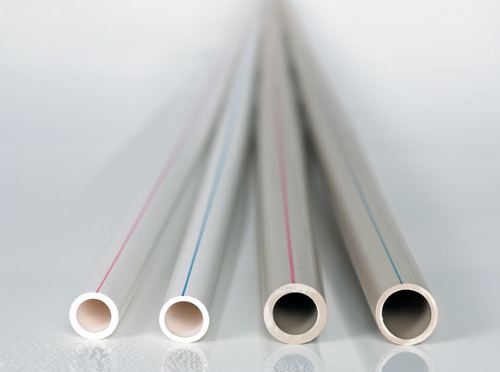
Another advantage of such products is a rather high resistance to fire, with direct exposure to fire, the pipes do not ignite. Liquids of significant temperature can be transported along them, while the walls do not lose their quality characteristics and do not change their linear dimensions. To everything else, one cannot but add that PP has a low cost. And the products will serve for half a century.
Scope of use of PP pipes for heating
In different areas, polypropylene pipes are used for heating. How to choose them, you need to know every consumer who plans to install engineering systems. Thus, PP-pipes for heating can be used in boiler installations, in the arrangement of risers, for the installation of central heating systems, in the process of laying hot and cold water supply systems. In addition, recently PP has become part of underfloor heating systems.
These pipes have found wide application in the agricultural industry. In this area, the described products are used in the disposal of waste and soil water. It is quite convenient to use such pipes when installing irrigation and drainage systems. Industry also uses them if necessary to arrange the transportation of chemicals and compressed oxygen.
for heating
Polypropylene pipes for plumbing and heating differ in different diameters. This parameter can be called one of the most important when designing a pipeline. The diameter must be selected after a hydrodynamic calculation. At the same time, professionals adhere to the goal of choosing the smallest pipe diameter for any section. This indicator must be determined taking into account the operating pressure, as well as the heating circuit.
The diameter of the polypropylene pipe for heating is selected based on the need. Thus, if there is a need to supply an overall hospital, a large sauna or a hotel with an engineering system, then, as a rule, pipes with a diameter exceeding 200 mm are used. Only through such products is it possible to equip a system that will have to function correctly and justify the needs of a large number of people.
If there is a need to install heating in a private house from polypropylene pipes, then it is recommended to use products of a not so impressive diameter. This parameter should vary under the described conditions from 20 to 32 mm. PP pipes of this diameter will be easy enough to lay on their own, giving them the desired bend. Whereas their throughput will be sufficient for a private developer.
If it is necessary to equip the system, reinforced polypropylene pipes for heating should be used, the diameter of which is 20 mm. And what about the stands? Here it is advisable to use products whose diameter is equivalent to 25 mm. A central heating system is not complete without pipes 25 mm in diameter. When installing heating, it is necessary to use products with different diameters.
Are you planning to equip a system of underfloor heating? Then you should purchase pipes 16 mm in diameter, but no more. Despite existing recommendations, it is necessary to choose the diameter of pipes for installing a heating system, taking into account the individual characteristics of a particular heating branch. If you decide to purchase a PP pipe, then for 4 m you will have to pay 80 rubles. In this case, the product will have a diameter of 20 mm. But a pipe 40 mm in diameter will cost 138 rubles. The length remains the same. A product with a diameter of 63 mm has a price equal to 345 rubles per 4 m. With a diameter of 90 mm, the buyer will pay 810 rubles.
